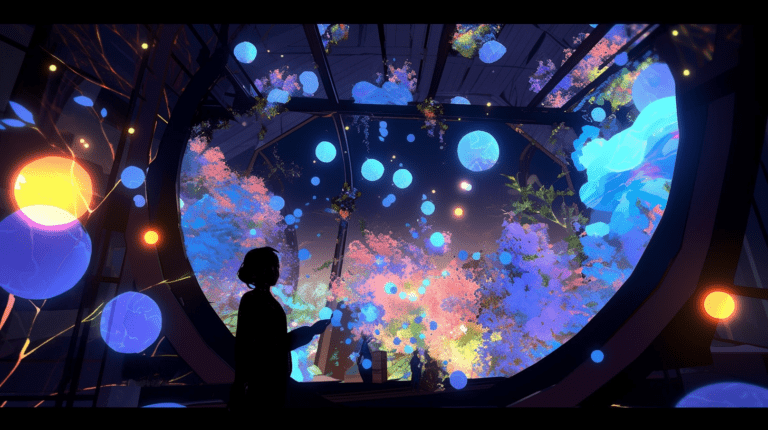Reinventing Scientific Collaboration with AI and Virtual Reality
The combination of artificial intelligence (AI) and virtual reality (VR) is radically transforming collaboration in scientific laboratories. By lifting the constraints of physical location, these technologies are enabling researchers across the globe to work together in virtual environments that simulate the real world with astonishing accuracy.
The Rise of Virtual Labs
In virtual laboratories, scientists can conduct experiments, interact with digital models and react to results in real-time without being limited by physical facilities. These environments can be rapidly reconfigured to simulate a wide array of scenarios, many of which would be logistically challenging or dangerous to replicate physically.
For example, astrophysicists are using VR simulations to study the beginning of the universe and visualize theoretical particles and forces that existed just fractions of a second after the Big Bang. These early moments can’t be recreated in any earthly lab, but virtual reality allows researchers to transport back to the origins of cosmic existence.
VR allows researchers to visualize and engage with complex datasets in three dimensions, spotting patterns difficult to observe in 2D. The ability to immerse oneself in data unlocks deeper insights and new discoveries. The benefits span exponential scalability, reduced costs, and flexibility unavailable in brick-and-mortar labs.
Multiplayer Science
Integration with AI magnifies the potential of virtual laboratories. Algorithms can analyze data to render highly accurate physics and chemistry simulations that adapt to users’ actions. This allows collaborators across the world to collectively run experiments, adjust variables, monitor outcomes, and iterate in real-time.
Emerging technologies like volumetric teleportation may soon enable scientists to broadcast holographic replications of themselves or physical lab equipment into a shared virtual workspace. This “multiplayer” approach to science removes geographical silos, allowing the world’s brightest minds to come together irrespective of location.
The ability to replicate prototypes digitally also facilitates open innovation, enabling researchers to freely share and build on each other’s work rather than starting from scratch each time. This democratization of the scientific process is unlocking new pathways for collaboration.
Challenges and Considerations
 This new paradigm raises important questions:
This new paradigm raises important questions:
- How can security, privacy and IP protection be ensured as research goes digital? Careful access controls and encryption will be critical.
- Can the human aspects of science, like face-to-face collaboration and mentorship, be retained? Hybrid models blending physical and virtual may help maintain these connections.
- Will uneven access to technologies continue to exclude researchers from developing countries? Equitable access must be ensured.
Conclusion
By proactively addressing these concerns, the promise of technologies like AI and VR to democratize access, accelerate discovery and enable scientists to collaborate beyond borders can be fulfilled, ushering in the next era of scientific progress.
